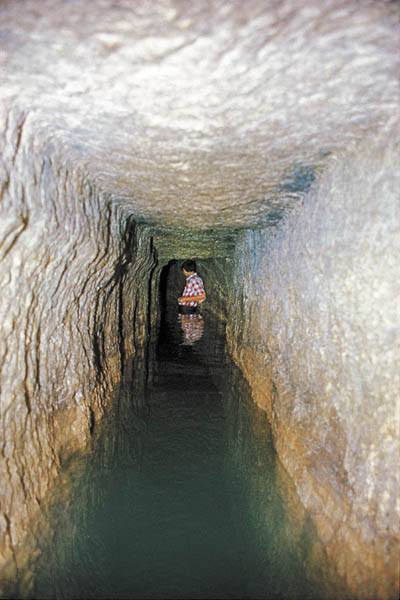
I’ve been writing about Hezekiah’s Tunnel for 35 years. (I can be seen with a long beard standing in my undershorts up to my hips in water in the picture of Hezekiah’s Tunnel in the standard archaeological encyclopedia of the Holy Land;1 the photo was taken in 1972.) A trip through the tunnel—from the first foot into the water, bending down to navigate a less-than-5-foot ceiling, finding the place where the two crews of tunnelers met, exploring the “false” tunnels, examining the place where the famous Siloam Inscription was carved, looking up at the ceiling nearly 17 feet above the floor, to coming out into the old Siloam Pool—can be one of most exciting adventures on a trip to Jerusalem. And with every scientific effort to understand this extraordinary tunnel, it becomes a more remarkable achievement.
At more than 1,700 feet (533 meters), it was the longest tunnel ever built up to that time without intermediate man-made shafts. Say what you want about the supposedly rinky-dink kingdom of Judah in the eighth century B.C.E., but King Hezekiah had pretty brainy construction engineers who knew and employed some remarkable techniques to create a tunnel going from one side of Jerusalem to the other. It starts at the Gihon Spring, Jerusalem’s only natural source of water, and curves around to the Siloam Pool on the other side of the City of David.
Already a library member? Log in here.
Institution user? Log in with your IP address.

